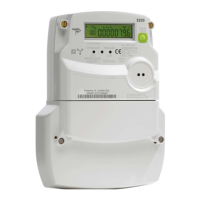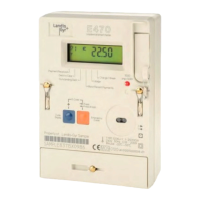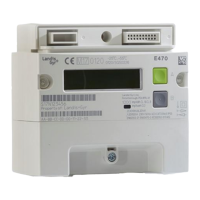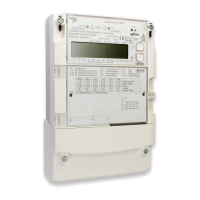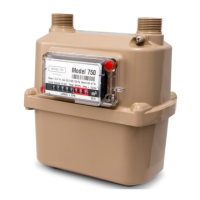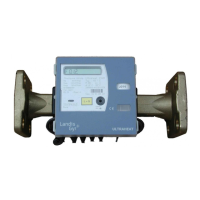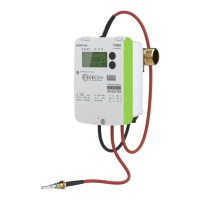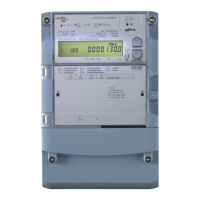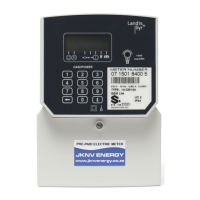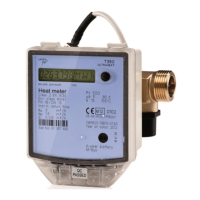Do you have a question about the Landis+Gyr E350 Series and is the answer not in the manual?
Specifies the E350 Series 2 meter versions covered by this user manual.
Outlines the information provided for meter applications and identifies the intended users.
Explains danger symbols (Warning, Caution, Note) and their meanings.
Details the responsibilities of personnel working with the meters.
Lists essential safety precautions for installation and operation.
Discusses potential radio interference in residential environments.
Provides an overview of the meter and its intended application.
Describes where the meter can be used and its key features.
Explains the meter's model naming convention and measurement technology.
Details how measurement signals are processed and quantities are summed.
Lists real-time measured values and tamper prevention features.
Explains the supply control switch functionality and available software tools.
Details the meter's physical housing and its visible components.
Describes the faceplate markings and provides connection examples.
Shows the meter's external dimensions and terminal cover options.
Step-by-step guide for physically installing the meter.
Instructions for correctly and safely wiring the meter.
Verifying connections and initial setup for meter operation.
Procedures for safely removing the meter from the installation.
Explains the function of the display button and supply control switch.
Covers display layout, elements, OBIS codes, sequences, and modes.
Details optical interface, data readout, addressability, and security.
Guides on identifying faults and understanding error code composition.
Provides a detailed list and explanation of specific error codes.
Outlines the process for sending meters for repair to a service center.
Describes periodic tests, register resolution, and measurement timing.
Instructions for connecting the meter to a dedicated testing device.
Details the steps for performing no-load and starting tests.
Instructions on how to clean the meter safely, avoiding damage.
Steps for safely disconnecting the meter from the electrical system.
Guidelines for environmentally responsible disposal of meter components.
| Mounting | DIN rail |
|---|---|
| Display | LCD |
| Storage Temperature | -40°C to +70°C |
| Communication | RS485, M-Bus, Ethernet |
| Current | 5(60)A, 10(100)A |
| Frequency | 50 Hz |
| Operating Temperature | -25°C to +55°C |

